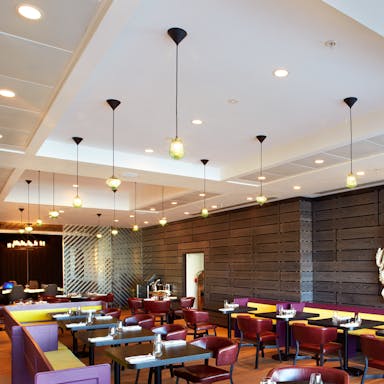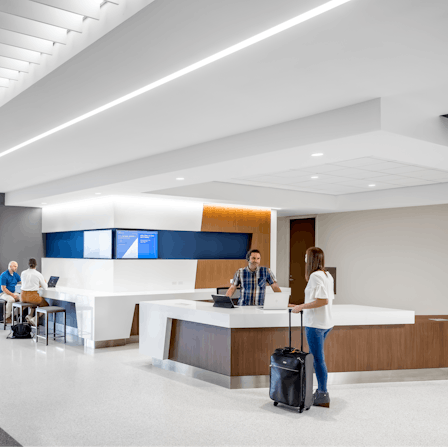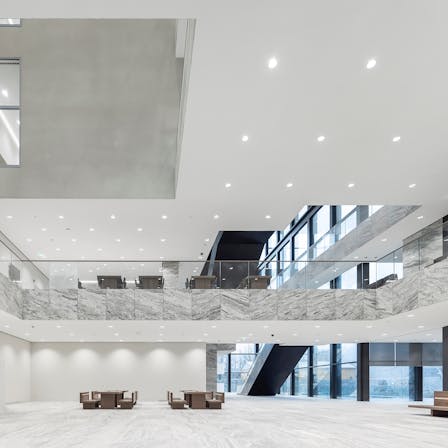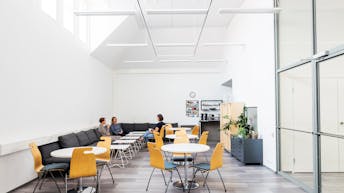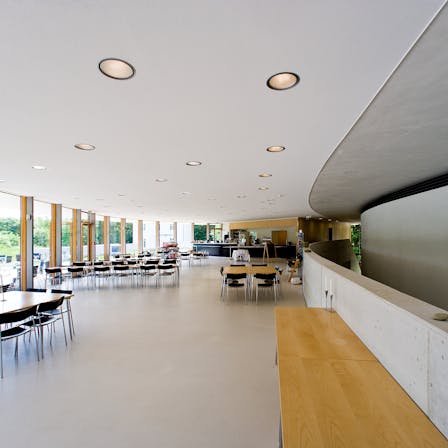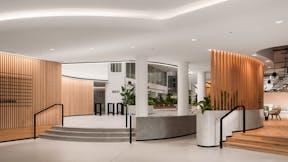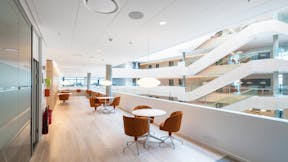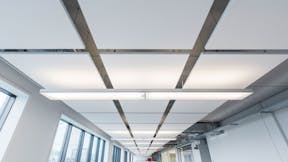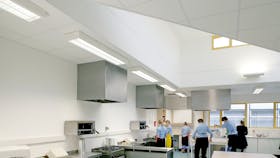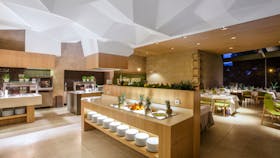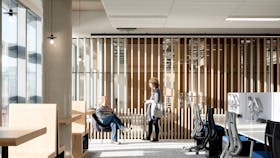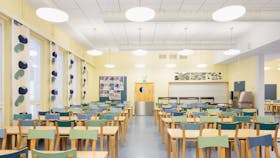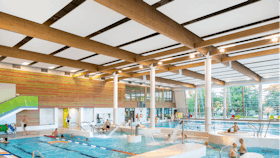The power of light
Light is an essential part of our lives. We need it to see. We need it to remain physically and spiritually healthy. And the quality of light within a space ultimately determines how we experience it.
The human body is deeply attuned to the natural cycles of sunlight. We are so affected by light that too little of it can bring on physical symptoms, like tiredness, headaches and eye fatigue. And too little light can even create various psychological problems. Even though the quality of artificial light has improved over the years, the healthiest and most comfortable light still comes from the sun.
Numerous building rating schemes, such as the LEED® Green Rating System (1) and the WELL™ Building Standard (2), recognize the importance of natural light within an interior. Our stone wool acoustic solutions are readily available to help your projects meet or exceed their recommended levels of daylight.
Building rating schemes
Rockfon products can help you earn credits toward leading building rating schemes. Learn more below.
